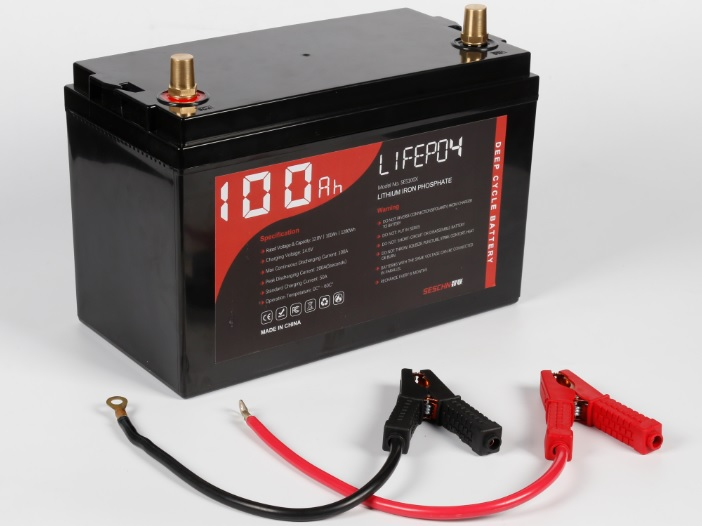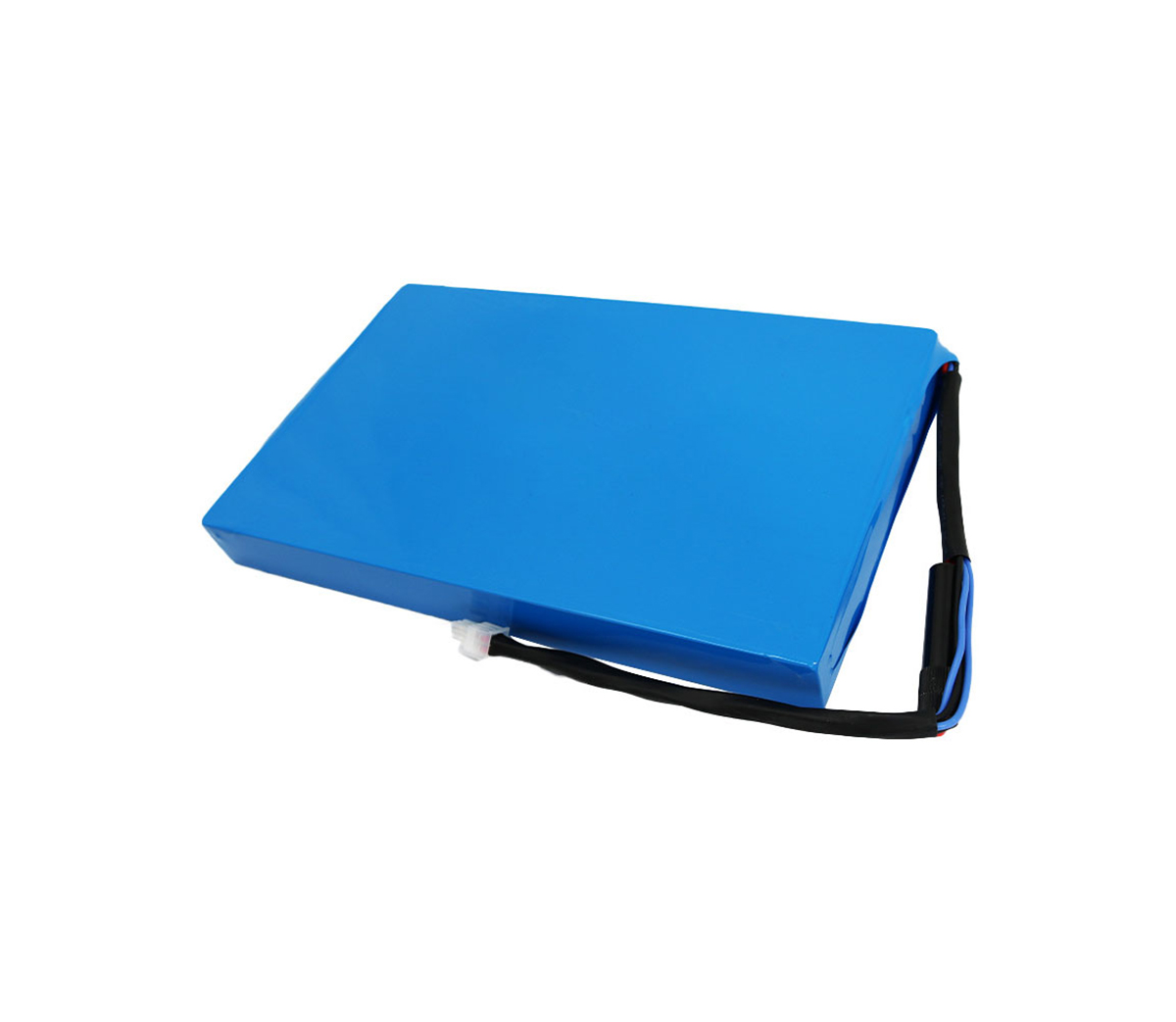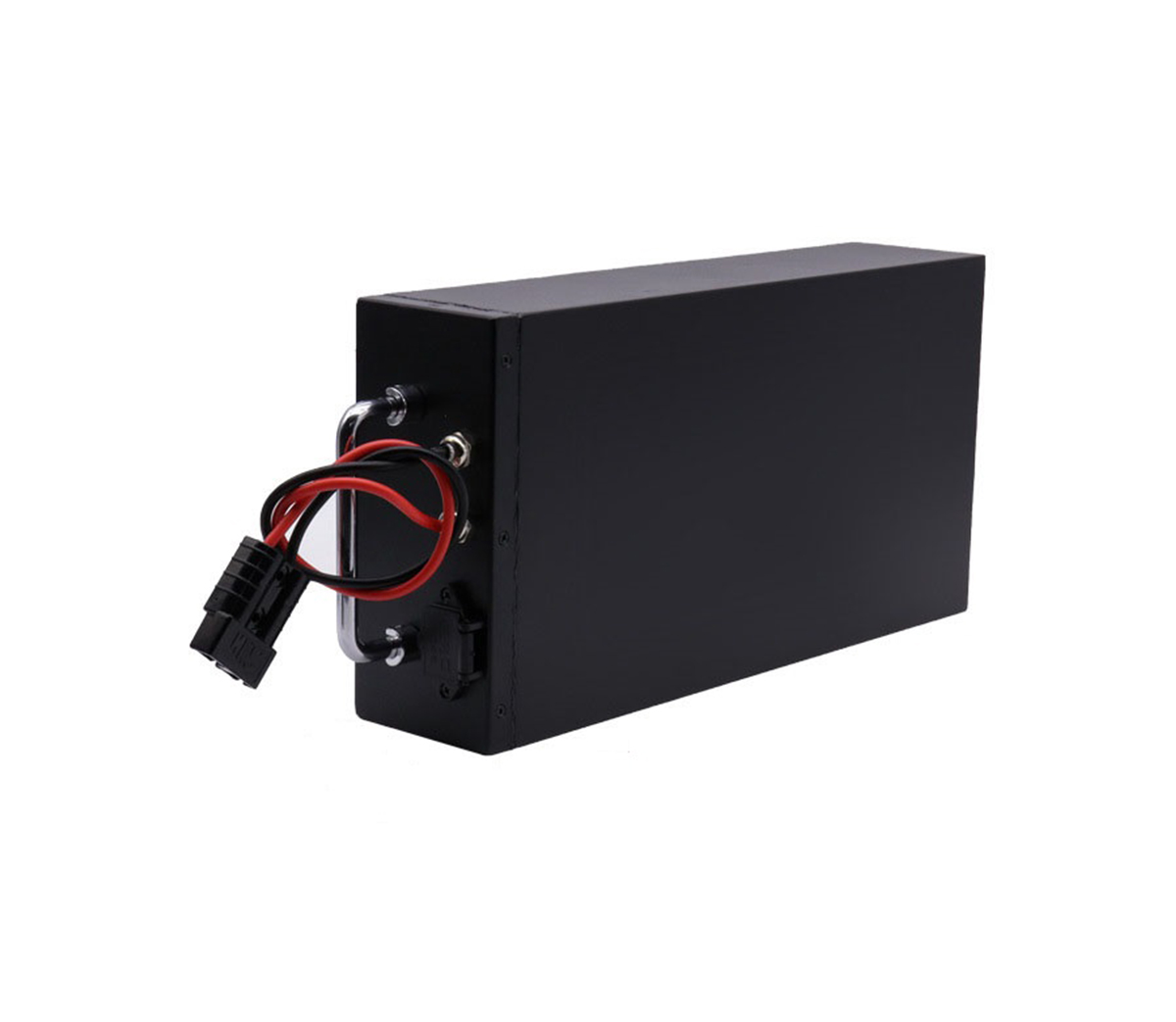On November 17, Tesla announced that its Powerwall energy storage system
has installed more than 250,000 sets worldwide. The second-generation Powerwall
product uses 21700 batteries with a battery capacity of 13.5 kWh.
In May 2020, Tesla's global installation of Powerwall was 100,000, which
increased to 250,000 after one and a half years, indicating that its home energy
storage business has grown rapidly. In the past 12 months, Tesla has deployed
more than 4GWh of energy storage capacity (including Powerwall, Powerpacks and
Megapack).

Tesla said that due to the continuous growth of Powerwall market demand and
the priority supply of lithium battery capacity for electric vehicles, its
energy storage product order backlog is serious. Insufficient lithium battery
capacity is the biggest factor restricting the growth of its energy storage
system shipments. It is expected that its Powerwall sales will continue to grow
at a rate of about 100,000 sets per year in the future, and it is currently
trying to increase production capacity.
In addition to the increase in sales of home energy storage products
Powerwall, its grid-level battery energy storage system Megapack is also in
short supply. Megapack is currently one of the largest energy storage systems on
the market, each unit can store up to 3MWh.
In this year's Q2 earnings conference call, Musk revealed that Megapack's
production capacity has been sold out before the end of 2022. In the third
quarterly report, Tesla mentioned that it will build a new Megapack energy
storage plant with a capacity of 40GWh.
Since 2020, Tesla has won a number of Megapack energy storage orders
worldwide, and recently won an order from Australian clean energy producer Tag
Energy to build two 50MW energy storage projects for the latter in the UK Supply
Megapack system. Last month, Tesla also signed a Megapack system supply
agreement with a capacity of 2GW/6GWh with the American renewable energy company
Arevon.
It is worth noting that in July this year, the 300MW/450MWh Victoria Energy
Storage Power Station in Australia caught fire during the test period. The
energy storage project used 210 Tesla Megapacks with an energy storage capacity
of 450MWh.
At present, Tesla's energy storage system mainly uses 21700 ternary
batteries produced by LG Energy, Panasonic, and Samsung SDI, but Tesla did not
disclose which supplier the Megapacks batteries that caught the fire came from.
However, LG Energy’s energy storage system has had more than 20 fire accidents
around the world due to the risk of heat and fire in its batteries.
Under this circumstance, in order to increase the energy storage battery
capacity supply and further improve the safety of the energy storage system,
Tesla has decided to use lithium iron phosphate batteries in its Megapack
system, and said that it will increasingly tend to use iron phosphate Lithium
batteries are used in energy storage products.
In August of this year, Tesla reached a cooperation with Japanese electric
power company Global Engineering and engineering firm Ene-Vision to build a
battery energy storage project with a total capacity of 6095kWh in Hokkaido.
Tesla provided the Megapack system for the project. The energy storage battery
comes from the CATL, which means that the CATL has entered Tesla's energy
storage supply chain and is expected to supply lithium iron phosphate battery
products for its energy storage system.
As Tesla's sales of energy storage products continue to grow, its market
demand for energy storage batteries will continue to increase, which in turn
will drive the further growth of the global energy storage battery market.

Lithium-ion battery (LIB) has become the main energy storage solution in
modern social life. Among them, lithium iron phosphate batteries are a perfect
substitute for lead-acid batteries, and are the first choice for grid-connected
peak shaving, off-grid energy storage, photovoltaic energy storage, UPS, data
center and other industries.
Solar power generation system with lithium battery energy storage system is
a very promising clean energy.




































